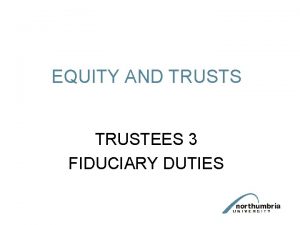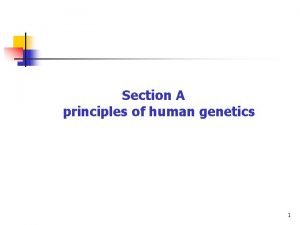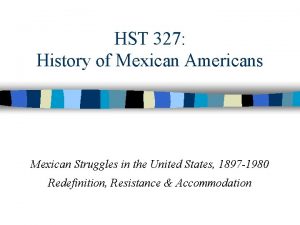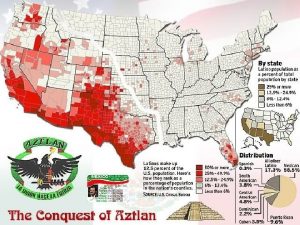Mexican History Government Tianna Sutton Mexican History The










- Slides: 10

Mexican History & Government Tianna Sutton

Mexican History � The Olmecs, Mexico’s first known society, settled on the Gulf Coast near what is now Veracruz. � By 300 B. C. , villages based on agriculture and hunting had sprung up throughout the southern half of Mexico. � Between 100 B. C. and 700 A. D. , Teotihuacán, the largest pre-Columbian city in the Americas, was constructed near present-day Mexico City.

The Mayans, widely considered to be pre-Columbian America’s most brilliant civilization, thrived between approximately 250 and 900 A. D. They developed a calendar and writing system and built cities that functioned as hubs for the surrounding farming towns. � Religion played a central role in Mayan life, and altars were carved with significant dates, histories and elaborate human and divine figures. �

The Toltec Historians have determined that the Toltec people appeared in central Mexico near the 10 th century and built the city of Tula, home to an estimated 30, 00040, 000 people. � Some have speculated that the Toltecs performed human sacrifices to appease the gods. �

The Aztecs, the last of pre. Columbian Mexico’s great native civilizations, rose to prominence in the central valley of Mexico around 1427 by partnering with the Toltecs and Mayans. � At their height, the Aztecs ruled 5 million people via a tightlystructured system of selfsupporting units called calpulli. Each unit had its own governing council, schools, army, temple and land but paid tribute to the supreme leader of the empire. � � Influenced by earlier Mexican civilizations, the Aztecs conducted extraordinary religious ceremonies that featured dances, processions and sacrifices.

Mexican Government � La presidencia es el primordial institución, no sólo de la mexicano estado, pero de toda la mexicano política sistema. Critics have pejoratively labeled the presidency the "six-year monarchy" because of the seemingly unchecked power that historically has resided in the office.

Who Is The President? � The President of Mexico Is Enrique Peña Nieto. � Presidents are directly elected by a simple majority of registered voters in the thirty-one states and the Federal District. The president holds the formal titles of chief of state, head of government, and commander in chief of the armed forces. � Must be at least thirty-five years old on election day and must be not only Mexican citizens by birth but also the offspring of Mexican citizens by birth.

President’s Job He or she may freely appoint and dismiss cabinet officials and almost all employees of the executive branch. � The president appoints ambassadors, consuls general, magistrates of the Supreme Court, and the mayor of the Federal District. � The president also appoints the magistrates of the Supreme Court of the Federal District, subject to ratification by the Chamber of Deputies. �

The Legislative Branch � � The legislative branch of the Mexican government consists of a bicameral congress (Congreso de la Unión) divided into an upper chamber, or Senate (Cámara de Senadores), and a lower chamber, or Chamber of Deputies (Cámara de Diputados). As in the United States, both chambers are responsible for the discussion and approval of legislation and the ratification of high-level presidential appointments.

Senate, The Congress , and The Chambers of Deputies Jobs The Senate addresses all matters concerning foreign policy, approves international agreements, and confirms presidential appointments. � The powers of the congress include the right to pass laws, impose taxes, declare war, approve the national budget, approve or reject treaties and conventions made with foreign countries, and ratify diplomatic appointments. � The Chamber of Deputies, much like the United States House of Representatives, addresses all matters pertaining to the government's budget and public expenditures. �



















